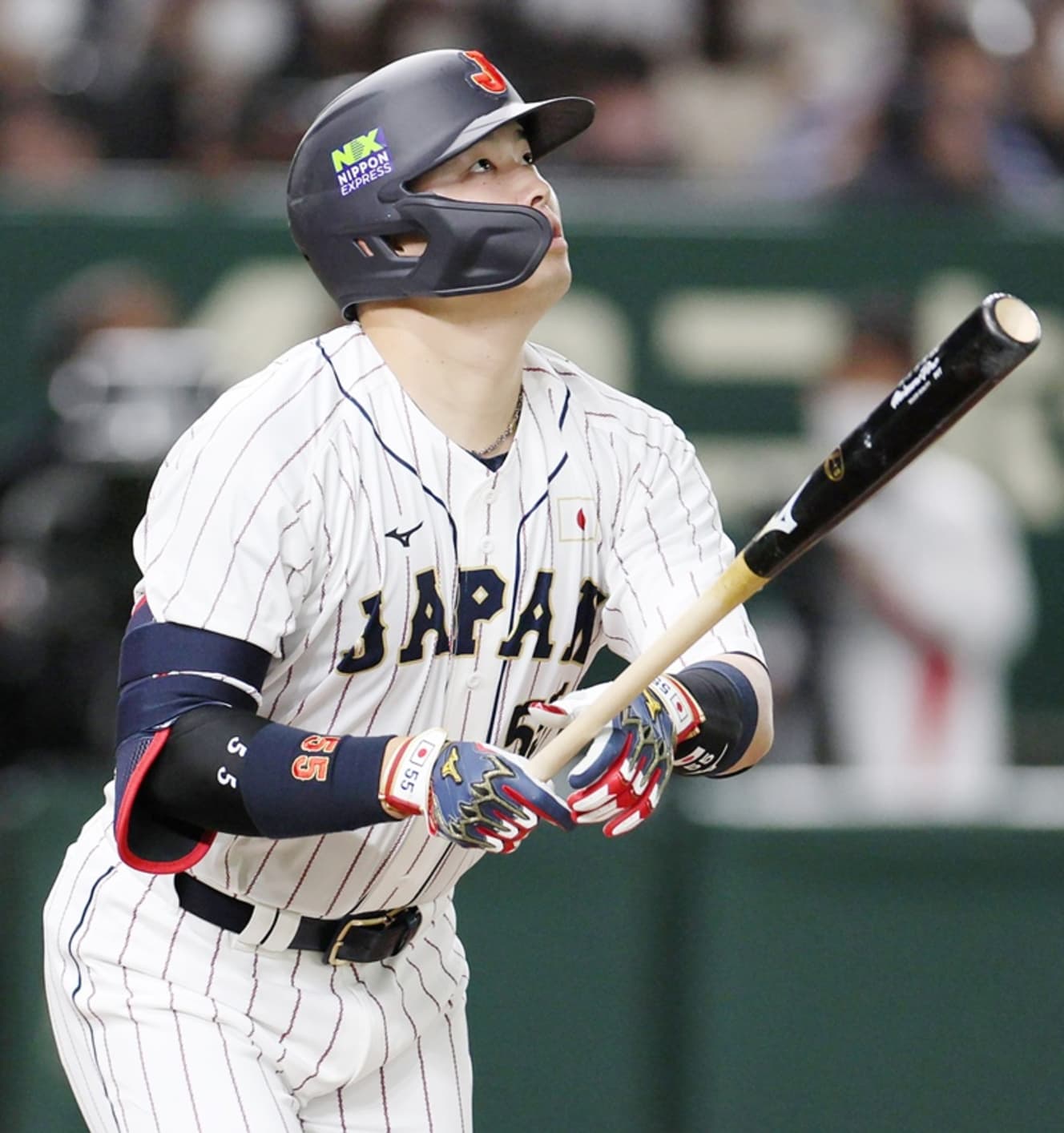From Ichiro and Matsui to Triple Crown Winner Murakami – Bat Craftsman Tamio Nawa Reveals the Detailed Orders of Genius Players
Stove League Special Interview: A master craftsman who has supported great batters for 30 years

Yoro Falls, a tourist attraction in Yoro Town, Gifu Prefecture. Not far from there, in a peaceful countryside town, is the workshop of Mizuno Technics bat craftsman Tamio Nawa (Mizuno Technics, 55). The workshop is home to Hanshin’s Cannonballers Yusuke Oyama (28) and Teruaki Sato (23), Hiroshima’s hitmaker Ryoma Nishikawa (28), and the youngest triple crown winner, Yakult’s Munetaka Murakami (22). He is a master craftsman who has been entrusted with bat production not only by current players, but also by legends such as Ichiro (49) and Hideki Matsui (48), who have placed their full trust in him.
I am called a “craftsman,” but I don’t think of myself that way. I am a craftsman who gives shape to his skills with his own persistence, and my job is to make bats that meet the needs of the players. I am a company employee after all (laughs). Figures in parentheses below are from the same company.)
Nawa joined Mizuno Technics in 1985, was transferred to the bat manufacturing section eight years later, and has continued to cut bats for the past 30 years. In 2008, he took over the production of Ichiro and Matsui bats from the previous bat craftsman, Isokazu Kubota, 79, who was known as a master craftsman.
Ichiro told me, ‘You must be very prepared for this,’ and Matsui said, ‘Since I am a pupil of Mr. Kubota, I can leave it to him with peace of mind. The words are different, but what the two of them say is the same. They want us to continue to make good bats. I felt tremendous pressure, knowing that we were making bats for serious competitors.
When making bats for professional players, he always keeps in mind, “Don’t give yourself away. The most important thing is to listen to the players’ requests.”
I make bats after listening to detailed requests, but the ‘a little more’ in ‘I want it to be a little more like this’ is different for each player. I try to understand what the player is trying to say during the conversation, and then I make a blueprint in my head and give it shape.
For example, Ichiro preferred a bat that was slightly thinner than usual. In order to accommodate the delicate bat control of the batting prodigy, he had the tip of the bat 10 cm (0.5 mm) thin and lightweight. Furthermore, he was particular about bats made from a tree called aodamo from Hokkaido, rather than maple, which is now the mainstream material for bats.
Murakami, who has continued to make a breakthrough in his career, visited Nawa’s Yoro factory for the first time in the off-season of his first year as a professional. From that moment on, Mr. Nawa felt something special about Murakami.
Many high school graduate rookies ask, ‘What kind of bat would be good,’ but Murakami had a specific request from the start: ‘Please make me a bat like this. In addition, in May of 2022, Murakami asked us to hollow out the tip of the bat. I think he remembered that I had casually mentioned that hollowing out the tip would have this effect when he had visited our factory in the past.
I asked him about the characteristics of successful players from the viewpoint of the bat makers.
“In hindsight,” he said, “many of them have clear goals and, like Murakami, absorb everything with curiosity.”
Tens of thousands of logs cut into cylindrical shapes are brought to the factory each year. The wood is sorted for use in top professional baseball bats and softball bats based on grain, specific gravity, condition, and other factors. Only one or two out of a hundred are made into bats that Murakami will use. The thickness, length, center of gravity, and other factors are shaved and adjusted one by one according to the player’s needs. Everything is done by hand until completion.
“Ichiro has told me several times, ‘This is no good.’ After winning the Triple Crown, Murakami told me, ‘Thank you for your good bats,’ and I thought that I had done my job at least”
Finally, when asked what he would like to say to Murakami, he humbly replied, “I have never been satisfied with what I have created.
I have never been satisfied with what I made. I am learning every day that I can do more and make something better. I don’t mean to be rude, but let’s evolve together and aim higher.
The WBC will be held in March. Nawa’s bat may set the world alight.



From the February 3, 2023 issue of FRIDAY
Photo: Shigeki Sato (Mr. Nawa) Getty Images (Ichiro and Matsui) Jiji Press (Murakami)